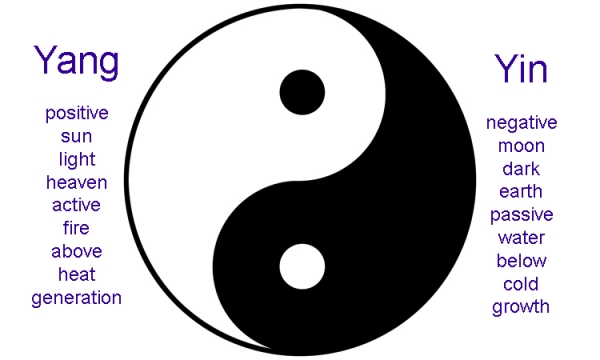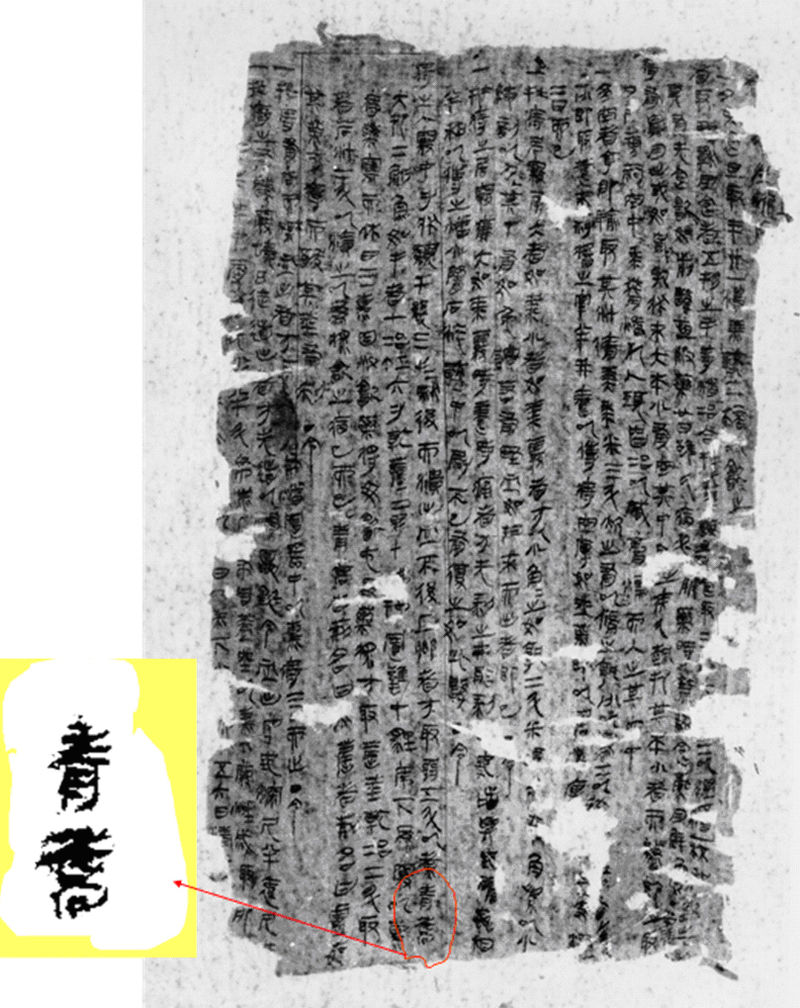Re-balancing yin and yang
 China was one of first countries to have a medical culture. With a history stretching back almost 5000 years, it has formed a deep knowledge of medical science, theory, diagnostic methods, prescriptions and cures.
China was one of first countries to have a medical culture. With a history stretching back almost 5000 years, it has formed a deep knowledge of medical science, theory, diagnostic methods, prescriptions and cures.
The origins of traditional Chinese medicine can be traced back to around 2000BC. At that time, medicinal herbs were being identified as people gathered food and hot compresses were used to aid healing. Moxibustion (the burning of mugwort, a spongy herb, to facilitate healing) was also popularised. However, the practice of medicine was intermingled with witchcraft ... the latter predominating at times. Inscriptions on "oracle bones" describe the use of wine or hot water as medicines, and the use of needles or bronze knives as surgical instruments; the inscriptions also talked about a number of seasonal diseases and illnesses.
During the Zhou dynasty (221BC to 100BC), a more organised medical system developed in which there were specialty physicians at the emperor's court practising as dietitians, medical and surgical doctors or veterinarians.
 Yin and yang
Yin and yang
It was during this era that Yi He clarified the concept of an imbalance of six factors (yin, yang, wind, rain, night and day) to explain the cause of various diseases. An energy force (qi) was believed to flow smoothly through the body and was composed of opposing elements, yin and yang, which needed to remain in balance to maintain good health.
Lifestyle choices like bad food, lack of exercise, stress, and environmental factors were thought to disrupt this balance; doctors used a combination of acupuncture, moxibustion, herbal medicines, and exercises to restore the balance. At the same time, physicians created a science out of using the patient's pulse to identify any imbalance (pulse diagnosis); elements of this have persisted into current-day traditional Chinese medicine.
The earliest definitive Chinese medical writing, "The Recipes for Fifty-Two Ailments (Wushi'er Bingfang)", was written around 186 BC (pictured right). The recipes suggested chanting spells, herbal medicines (wormwood is highlighted in the image), lancing (cutting the skin) and cauterisation (burning the flesh) as cures for problems such as warts, snake bites and possession by demons (i.e. mental illness).
More about Wushi'er Bingfang on Wikipedia
Pioneering Chinese physicians were also amongst the first medical practioners to introduce apprenticeships and to use examinations to recruit qualified physicians.
By 100BC, the foundations of traditional Chinese medicine, still followed today, had been laid; acupuncture and gymnastic exercises being used together with some 13,000 individual herbal medicines and over 100,000 medicinal recipes, all evolved from the ancient literature.
← Back to Time Corridor